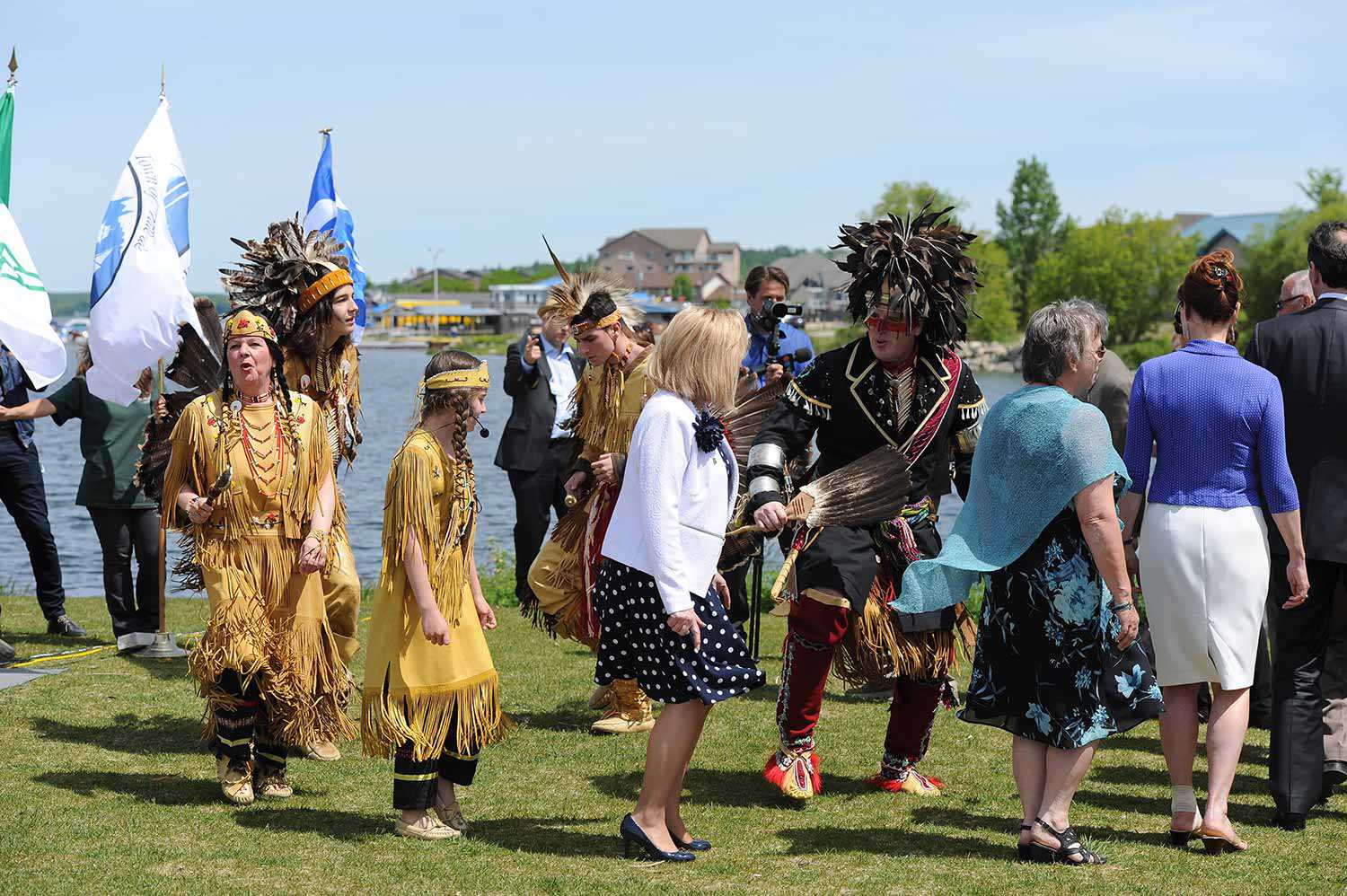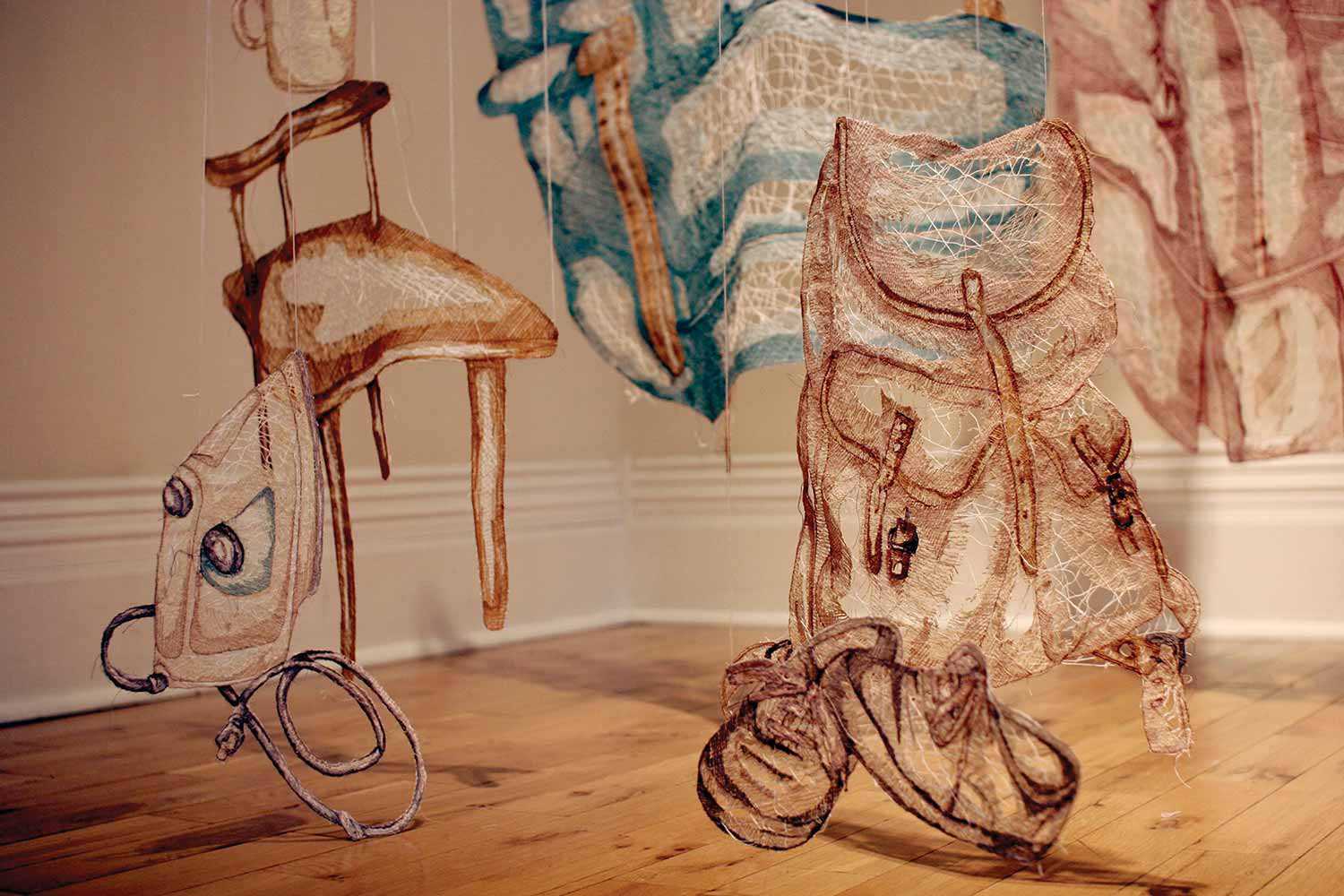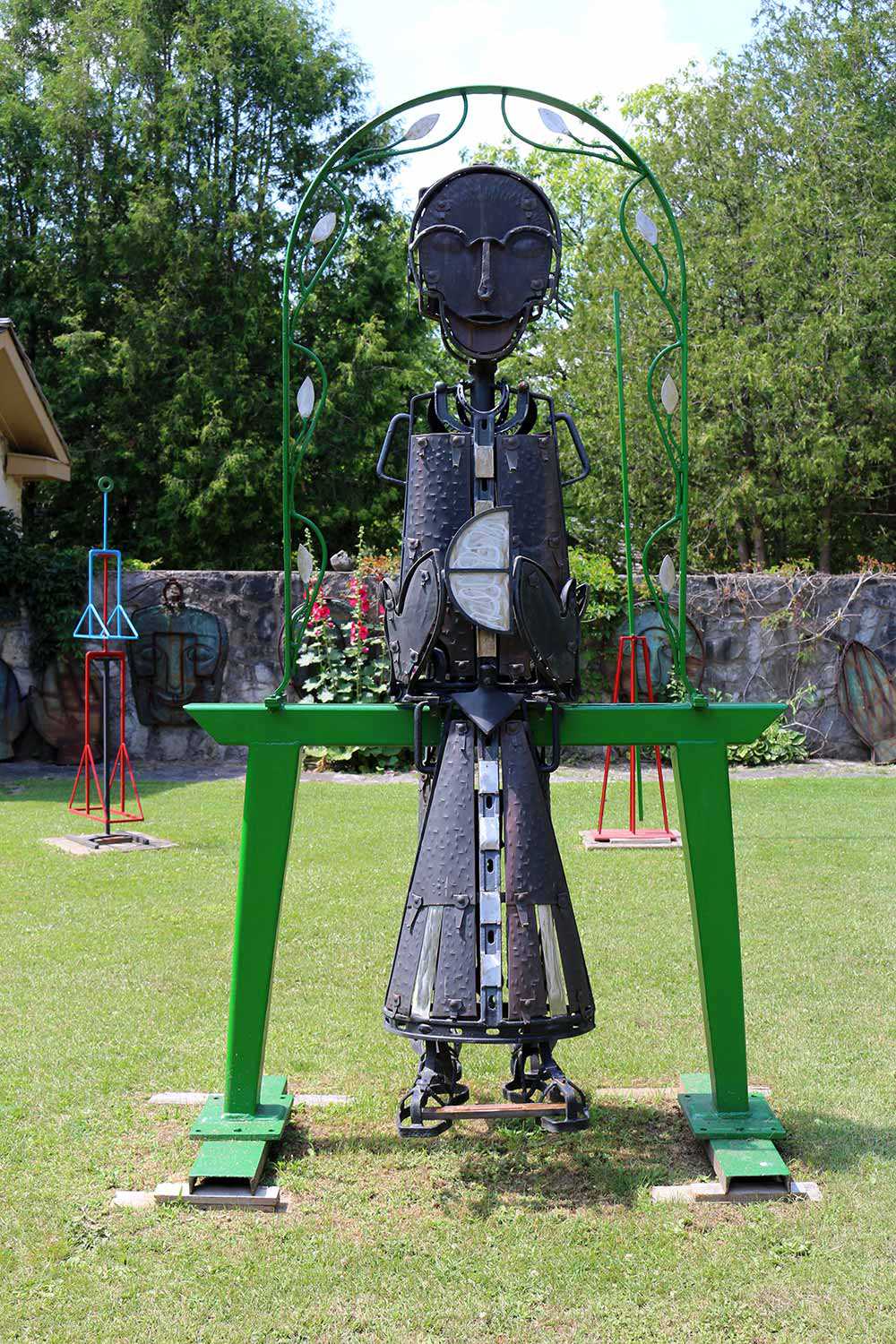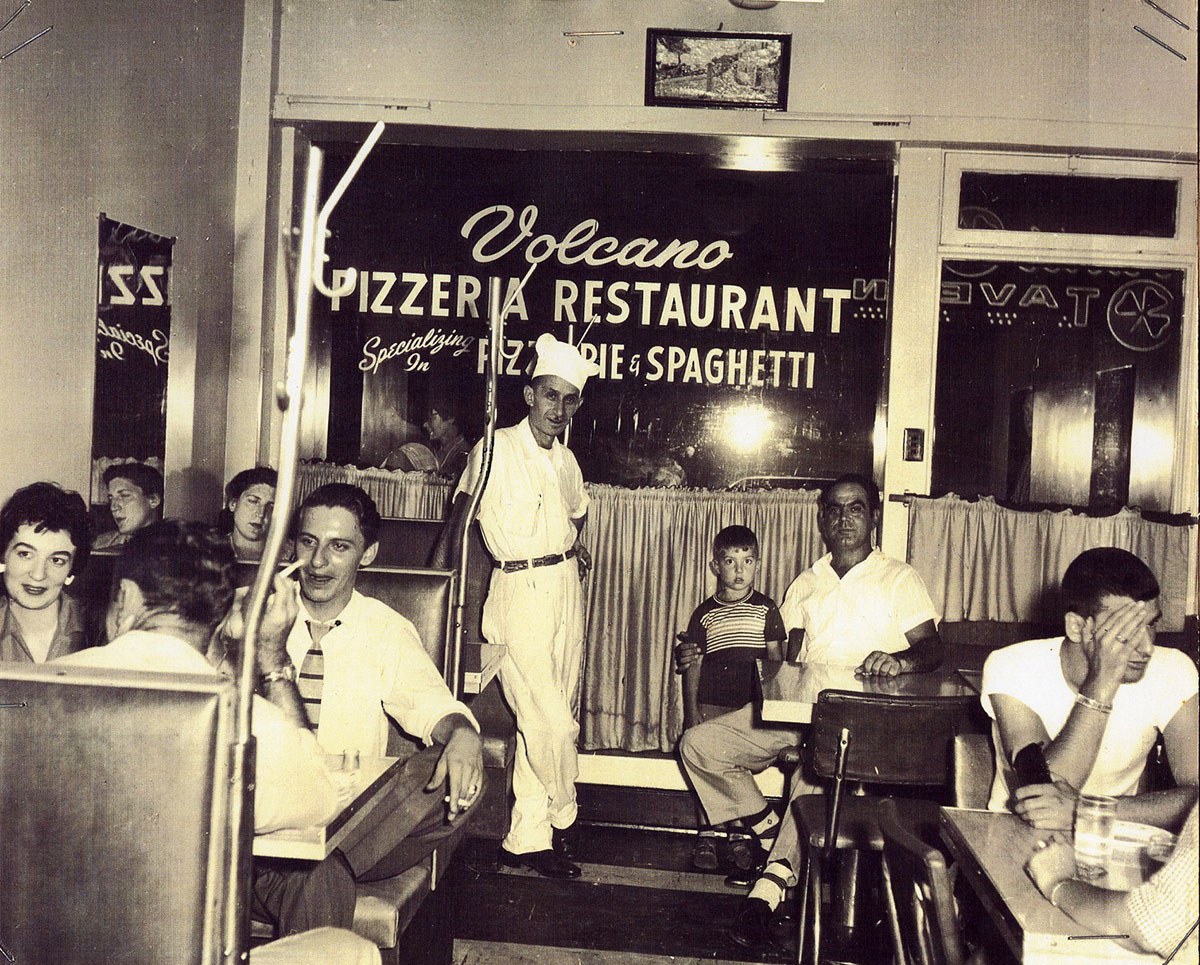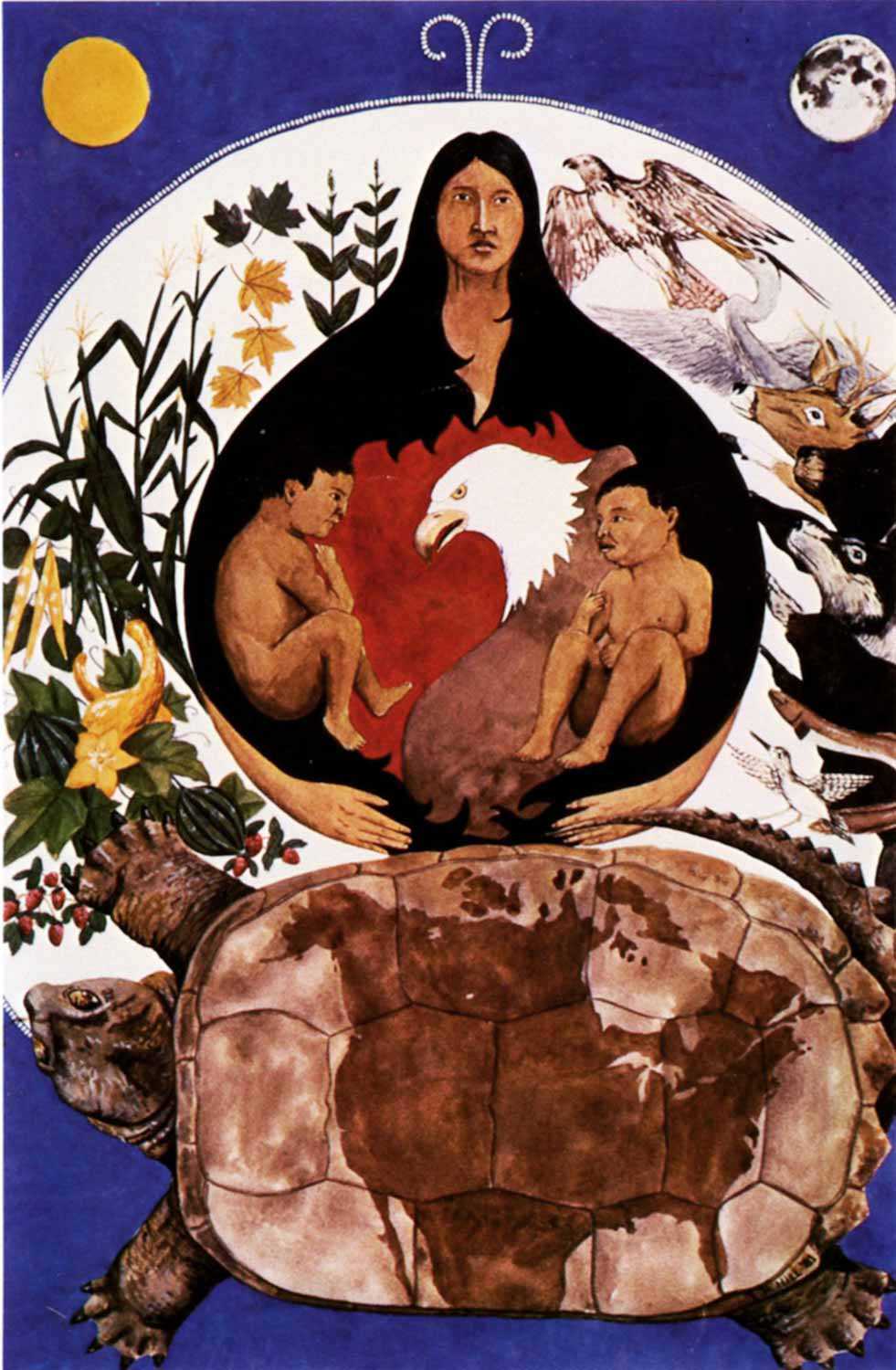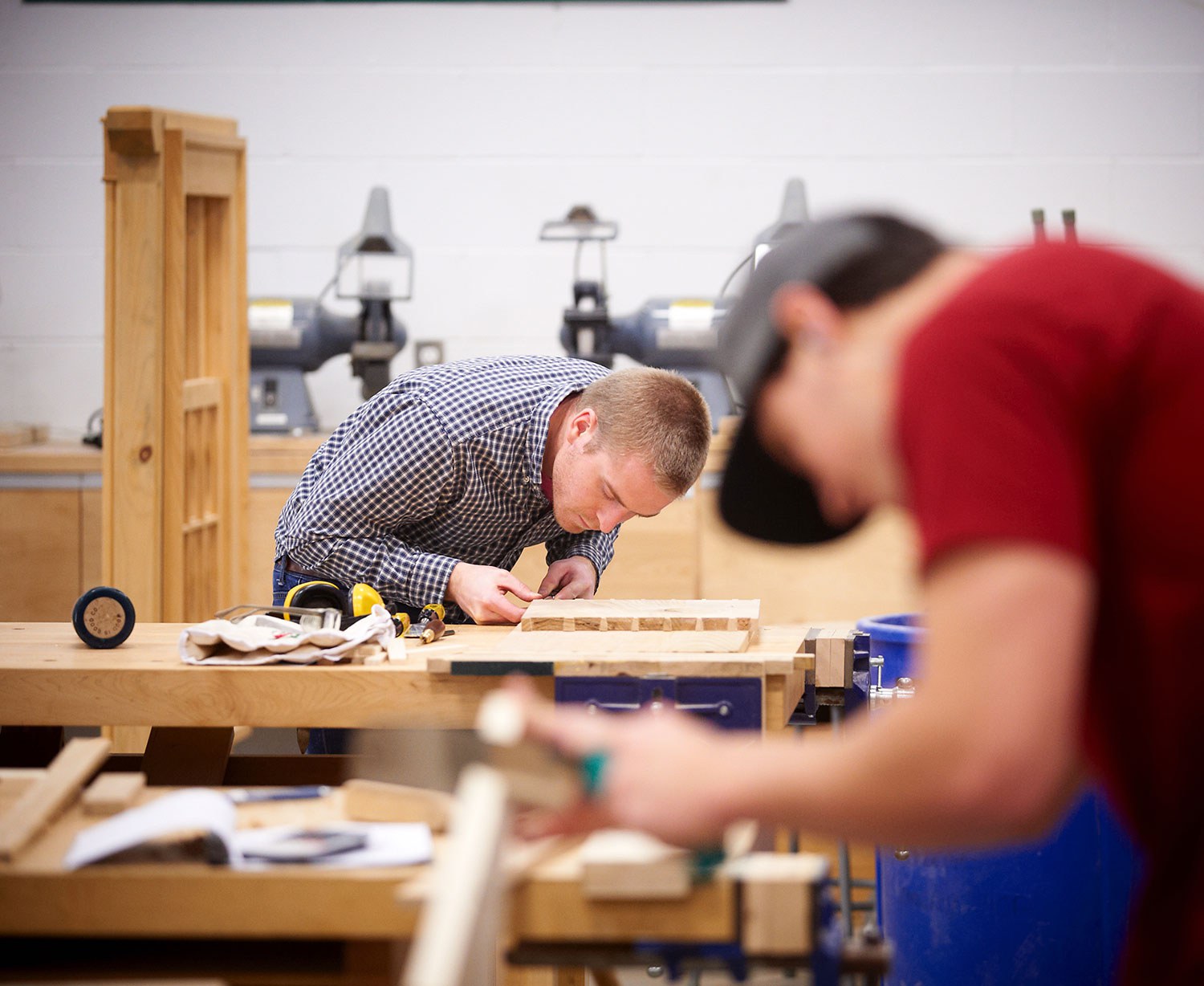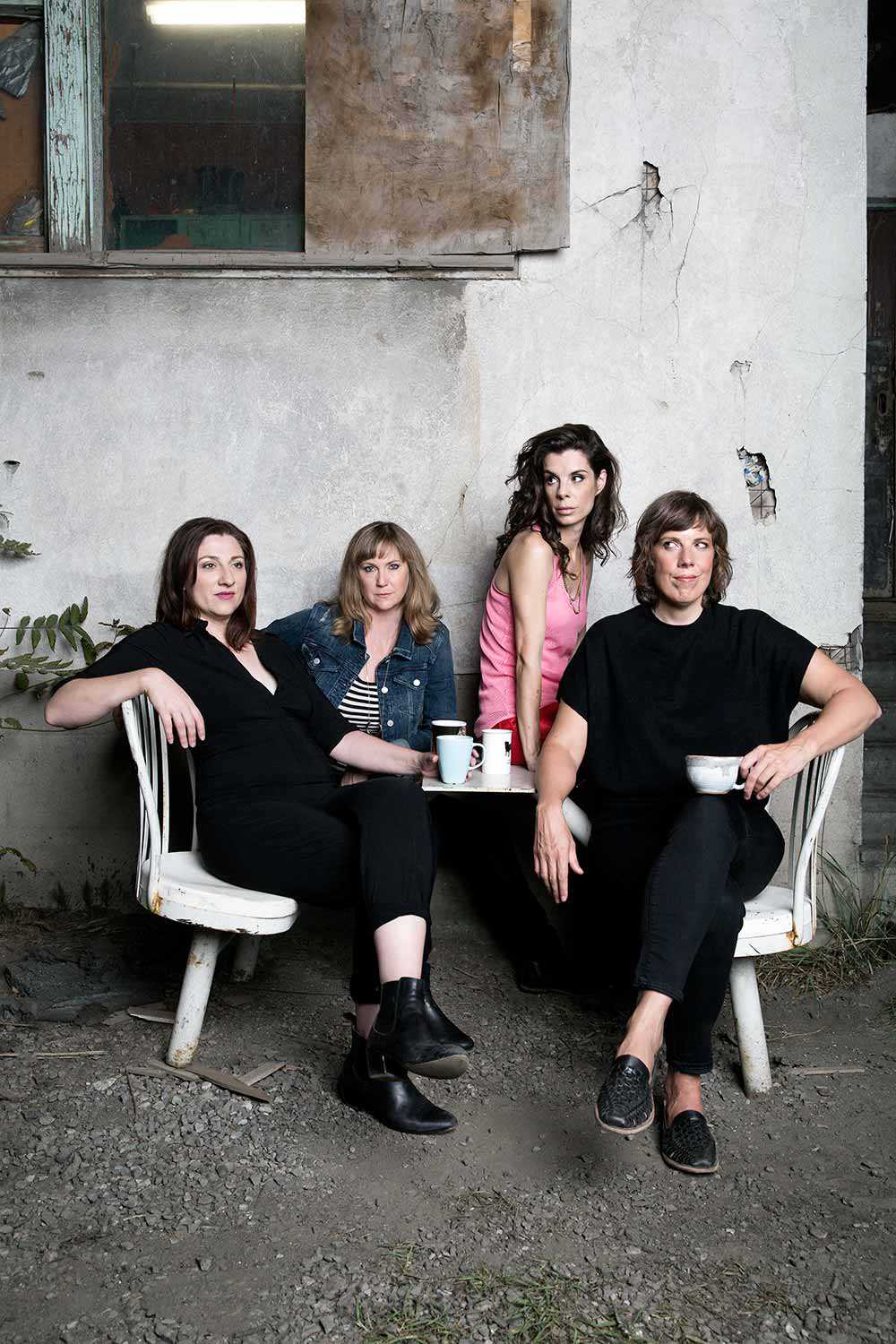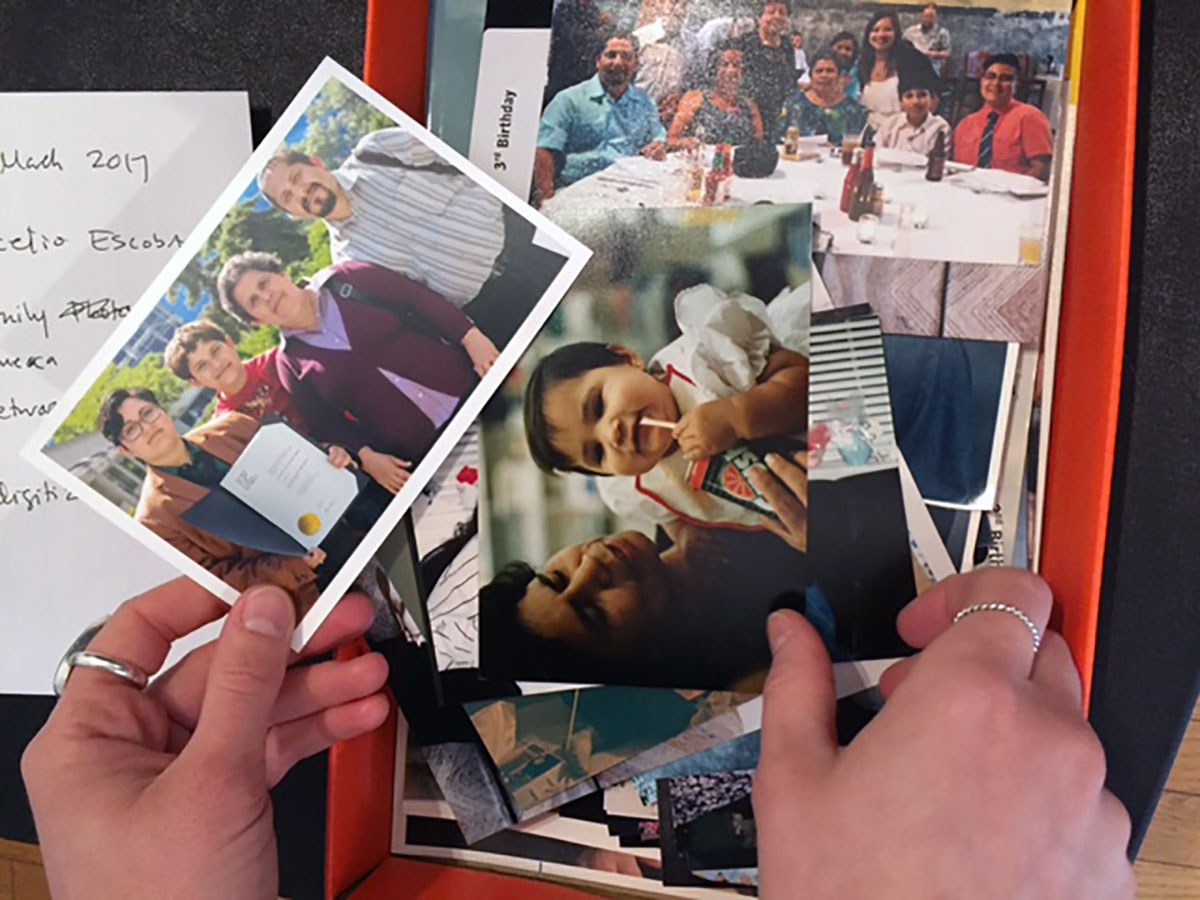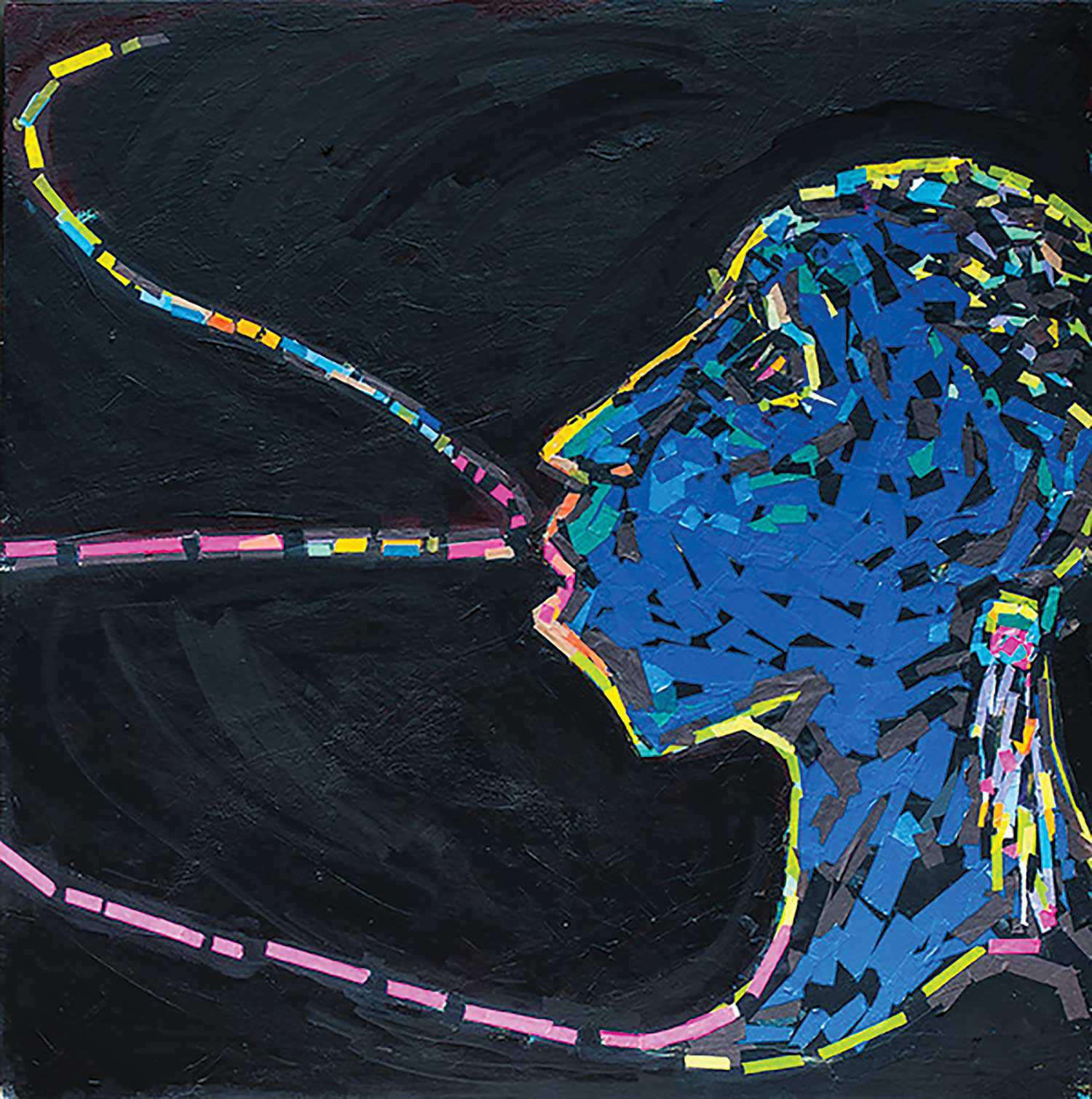

Browse by category
- Adaptive reuse
- Archaeology
- Arts and creativity
- Black heritage
- Buildings and architecture
- Communication
- Community
- Cultural landscapes
- Cultural objects
- Design
- Economics of heritage
- Environment
- Expanding the narrative
- Food
- Francophone heritage
- Indigenous heritage
- Intangible heritage
- Medical heritage
- Military heritage
- MyOntario
- Natural heritage
- Sport heritage
- Tools for conservation
- Women's heritage
Ontario's language heritage
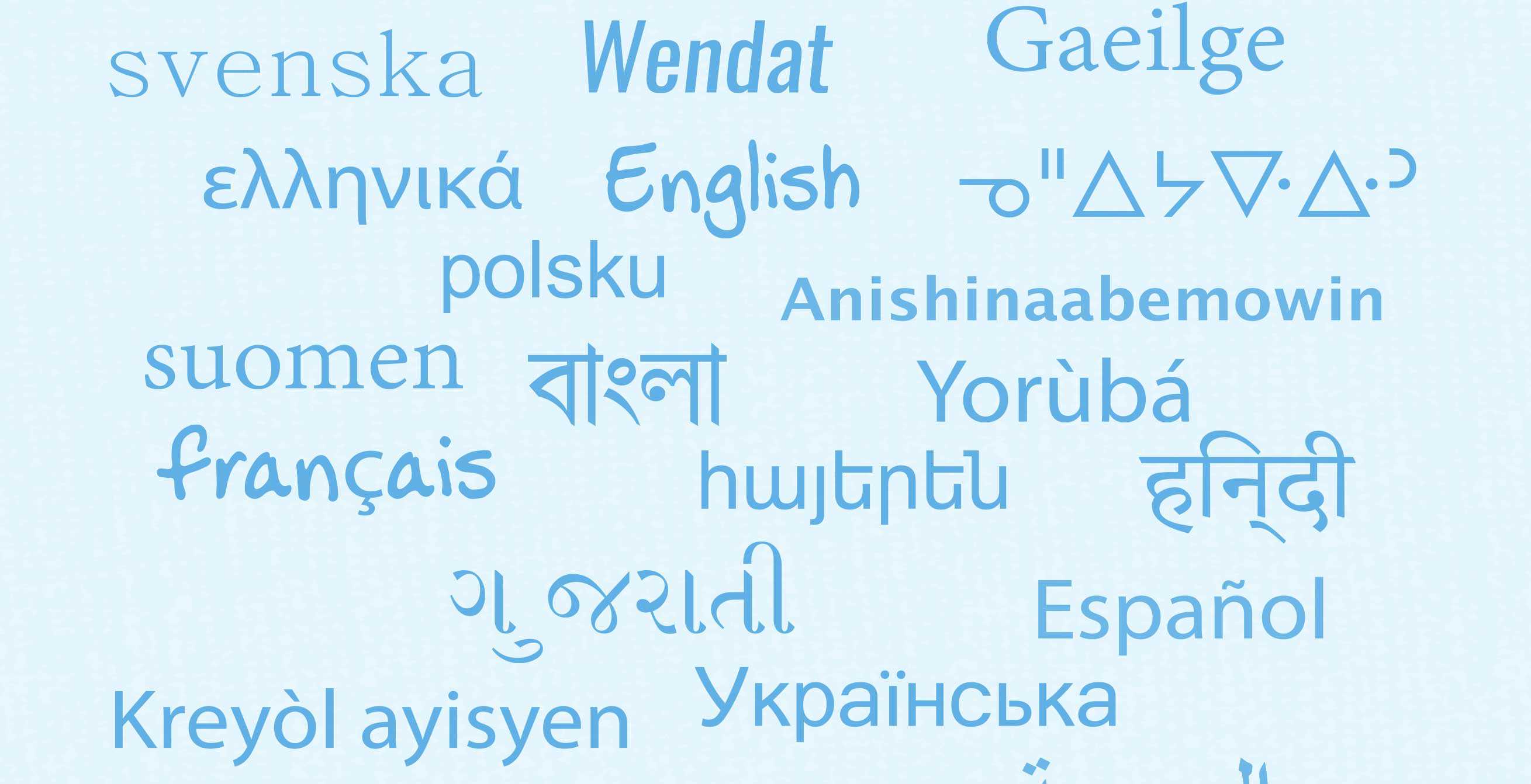

"Language is the first and most important heritage we receive. Language is our common human heritage, what distinguishes us from other living creatures."
Elaine Gold
Language is intangible heritage in that it is not a solid object that you can hold in your hand like a porcelain teacup, or weigh and measure like a farm implement. You can’t use a microscope to discover its underlying structure. And yet language involves all of our senses. We make sounds by exhaling air through our mouth and nose; our lips squeeze together, our tongue touches our teeth. Or we use our hands, arms and face to communicate with sign language. We hear the sounds of language and see the signed gestures. Most languages have writing systems – we use sight to read print, touch to read braille; we feel the weight of a book or electronic device in our hands. We use all of our senses to interact with language as it surrounds us in our waking hours, throughout our lives.
I would argue that language is the first and most important heritage we receive. Language is our common human heritage, what distinguishes us from other living creatures, and it is acquired in early childhood. Parents delight in their child’s first word. The first language we learn is called our ‘mother tongue.’ We learn language from our parents and caregivers, and every language we learn has been passed down through generation after generation. The languages we speak are basic to forming our personal identity and to establishing our membership in a community. Ontario’s society is continually reshaped and enriched by its diverse and changing language communities.
The majority language in Ontario is English, but almost one in three Ontarians have a mother tongue other than English! Millions of Ontarians recognize that their heritage culture is inextricably tied to a language other than English; they make great efforts to ensure that their children learn and appreciate their heritage language in order to pass their culture down to future generations
The differences between languages are often compared to biological diversity. When a species is endangered, we go to great lengths to protect and revive it – we recognize that the loss of any species is a loss to us all. Even more, then, must language diversity be respected and maintained: it is integral to our understanding of the wide range of human consciousness and creativity, and of the different ways cultures have developed to express themselves and their relationships to the world.
It is especially important that we recognize the need for maintaining the diversity of Ontario’s and Canada’s Indigenous languages. Many of these languages are gravely endangered, often as a result of neglect and oppression by the wider Canadian society. Now is the time to act to maintain this unique heritage that enriches all of the people of Ontario and of Canada.
How can we ensure that Ontario’s language heritage is recognized, appreciated and supported? The Canadian Language Museum works to achieve those goals. Museums of language, like other museums of intangible heritage, are a relatively new phenomenon. At the Canadian Language Museum, we create a new travelling exhibit each year about a language or languages of Canada. All of our exhibits are bilingual (English and French), and we work closely with the communities involved to create informative and accessible exhibits. Our exhibits have toured from coast to coast, and have been shown in universities, high schools, museums, hospitals, community centres and businesses; they have been part of conferences and festivals. The museum has a gallery space at Toronto’s Glendon College, where special events are held and the exhibits are shown on a rotating basis.
We currently have six travelling exhibits. Two are about Canada’s official languages: Canadian English, Eh? and Le français au Canada; two are about Indigenous languages: Cree: the People’s Language and Speaking the Inuit Way; one introduces the variety of languages in Canada: A Tapestry of Voices: Celebrating Canada’s Languages, and another traces the history of languages in Toronto, Read Between the Signs: 150 Years of Language in Toronto. We are planning exhibits in the near future about English in Newfoundland, Italian in Canada and the Haudenosaunee languages of Ontario.
There are very few language museums in the world, but more are being planned as awareness increases of the importance of linguistic heritage. The Canadian Language Museum is unique in aiming to represent all of the languages spoken in one country, rather than focusing on a single national language. We are committed to raising awareness about our diverse language heritage and the important ways that languages have shaped and continue to shape our society.

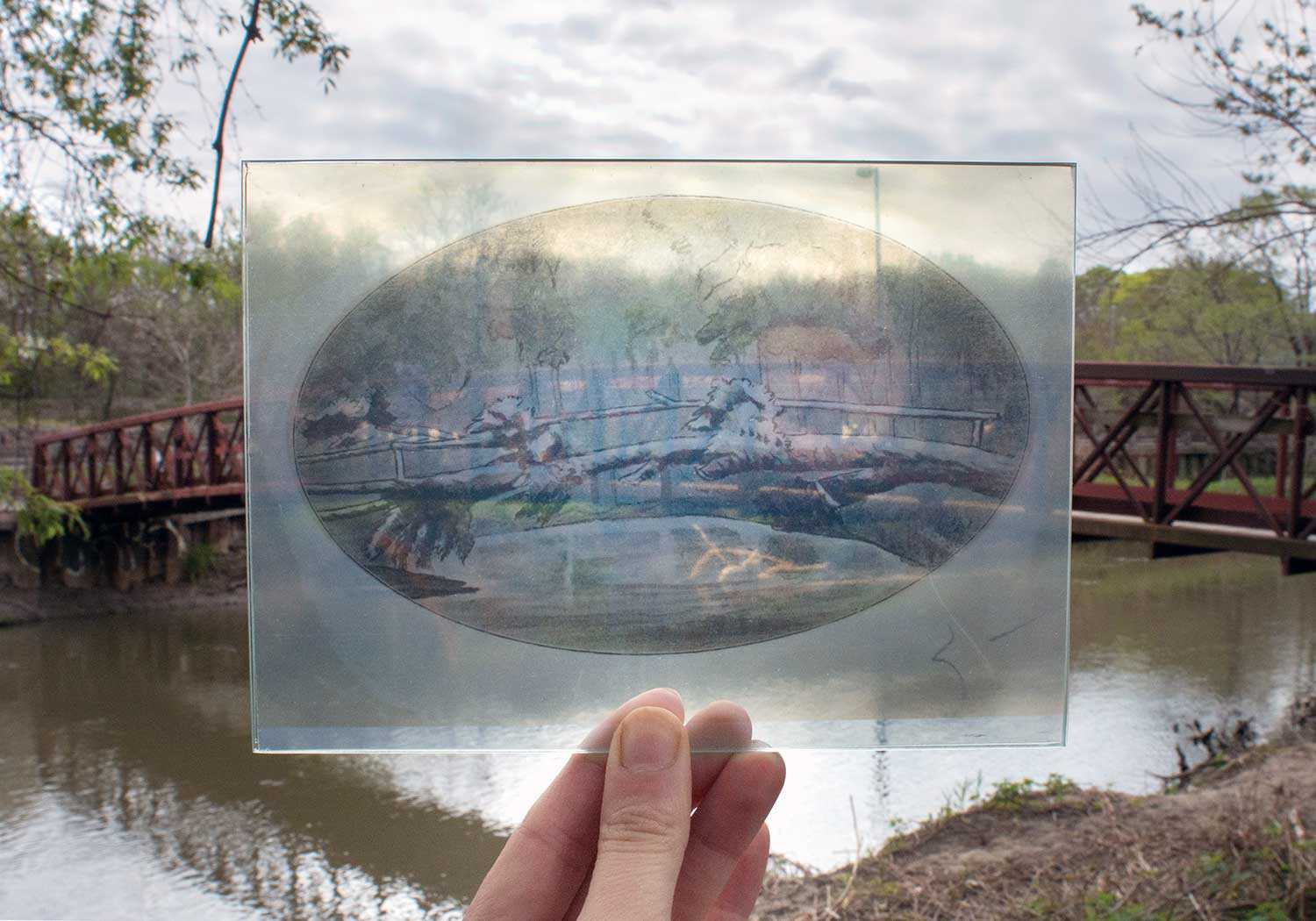
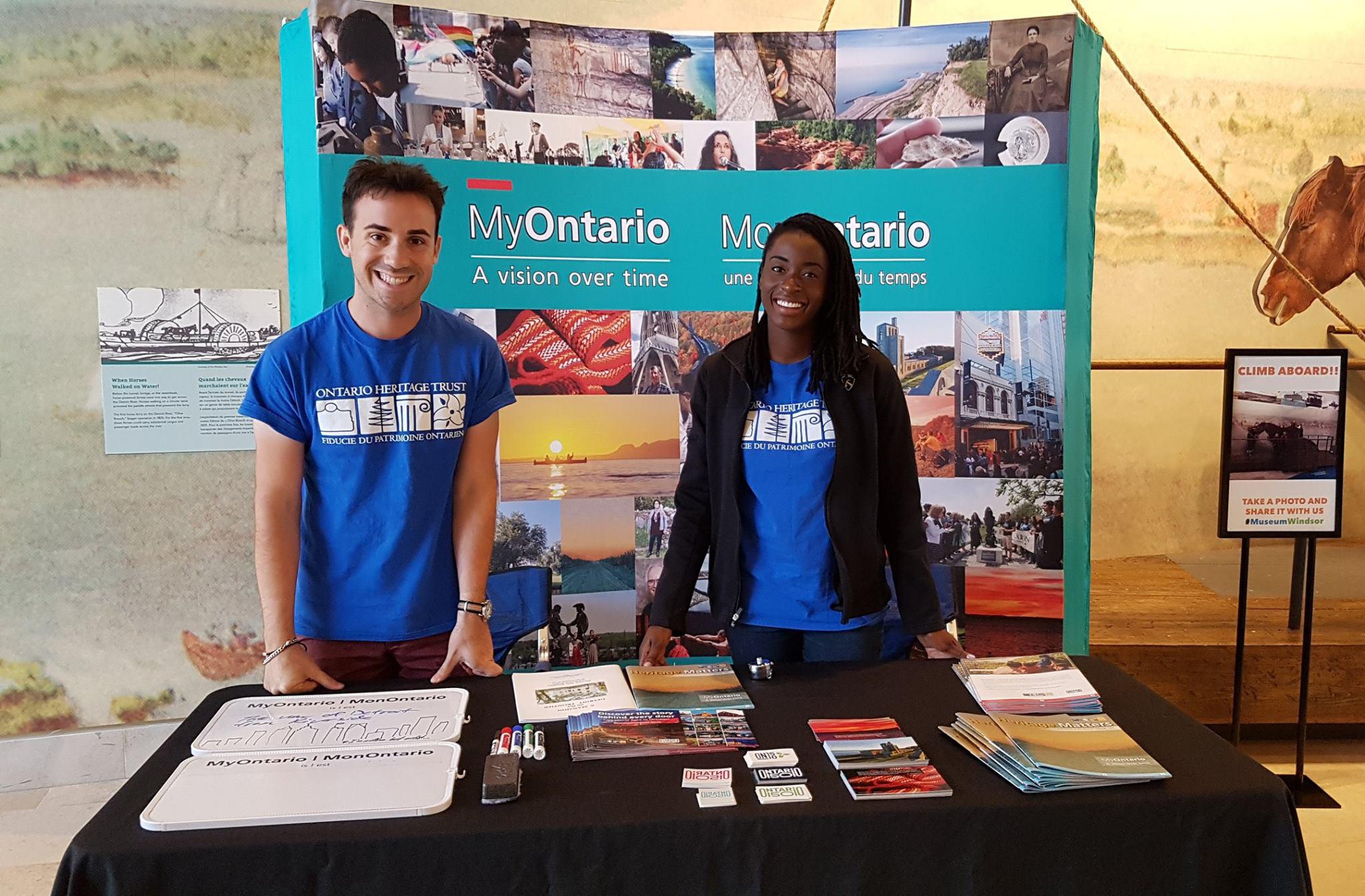

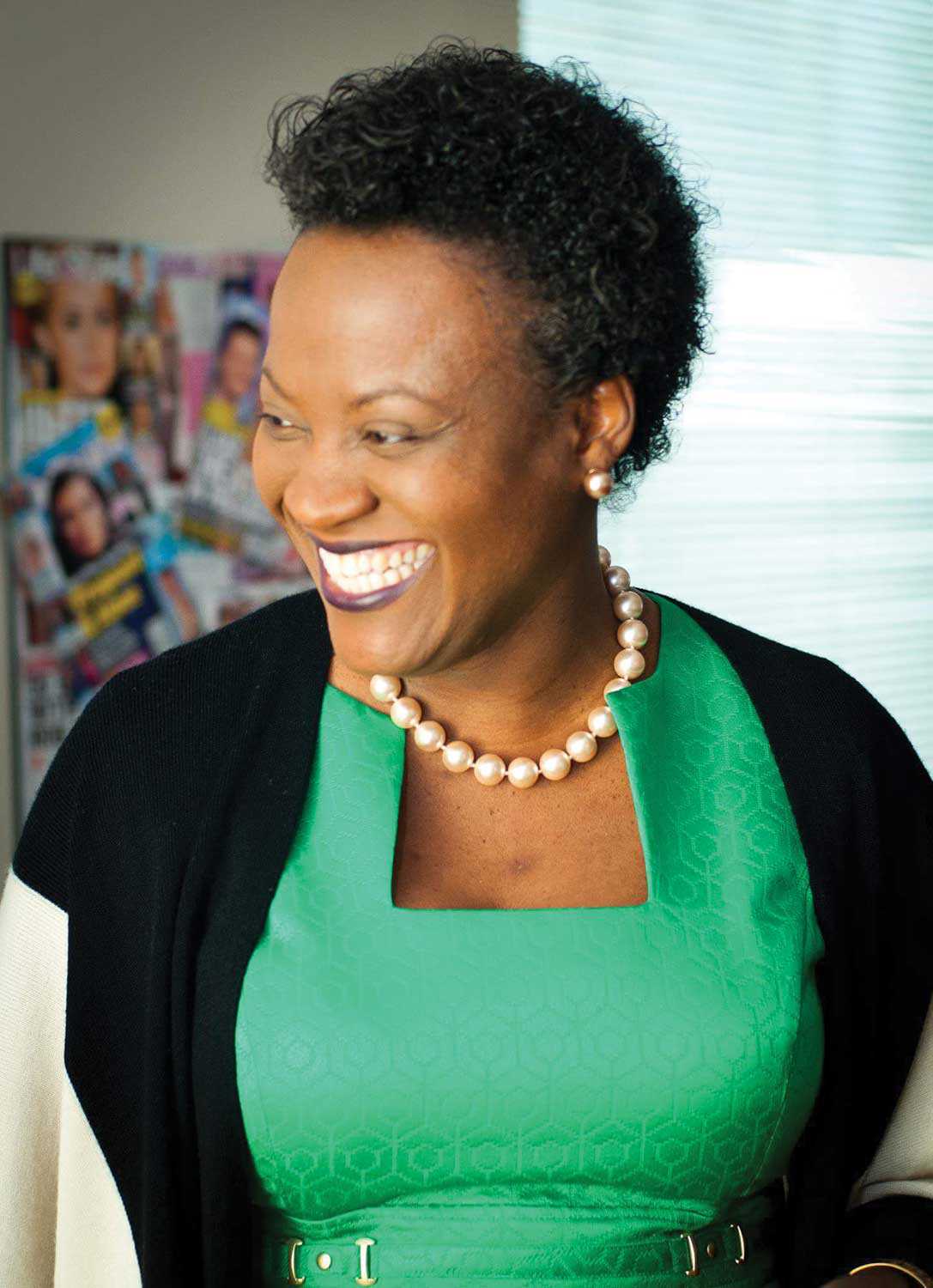
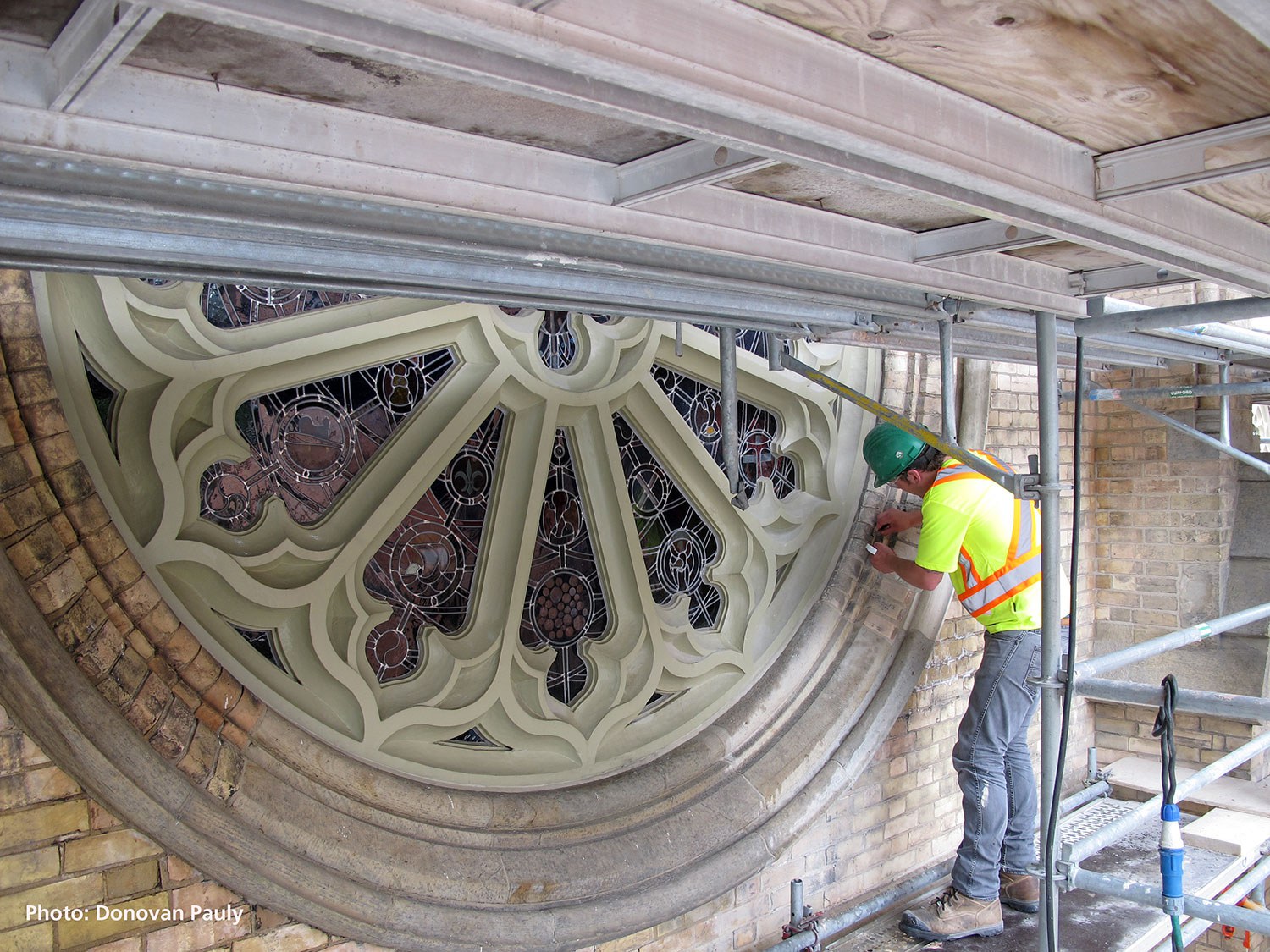
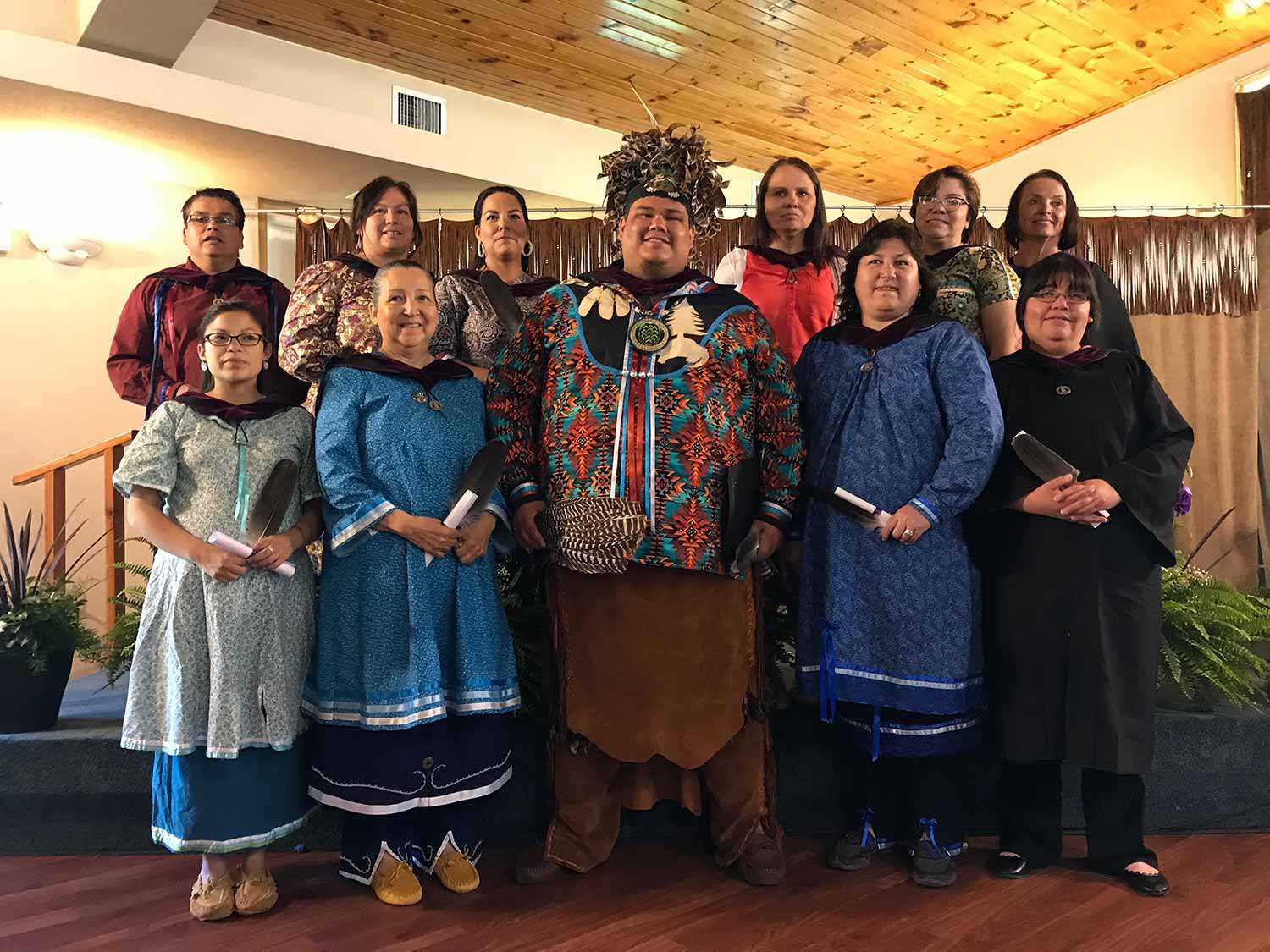
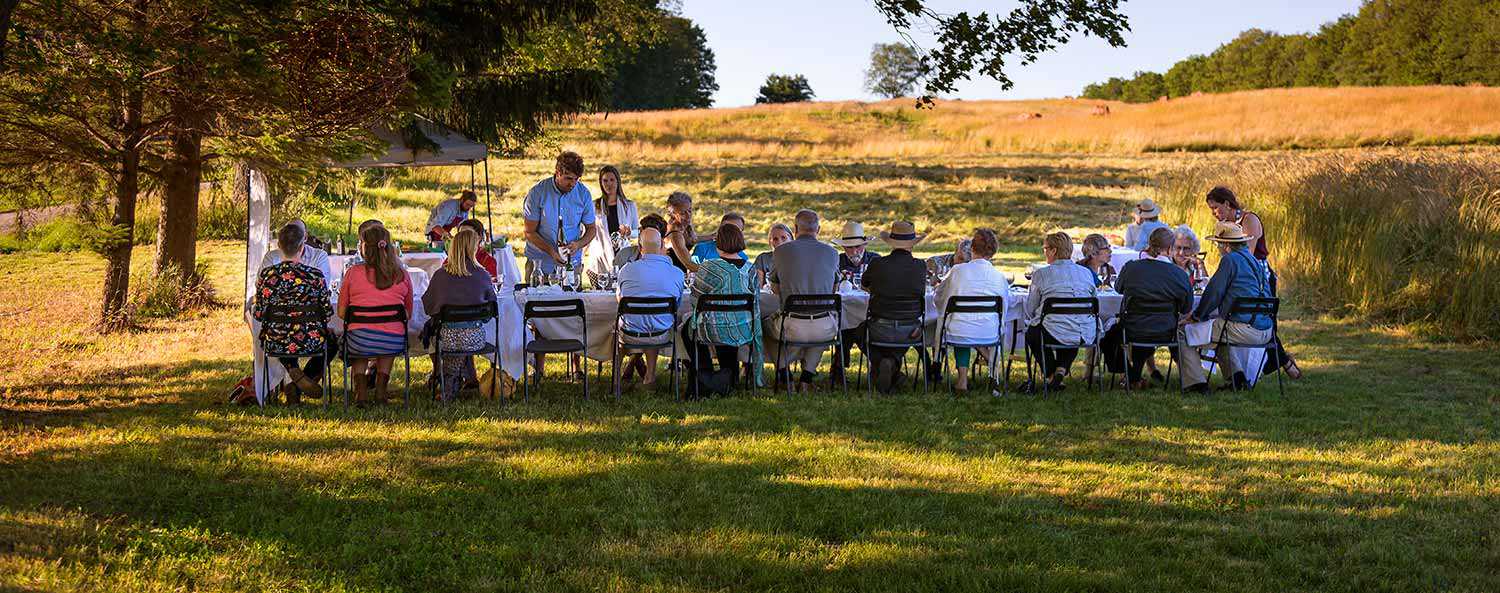
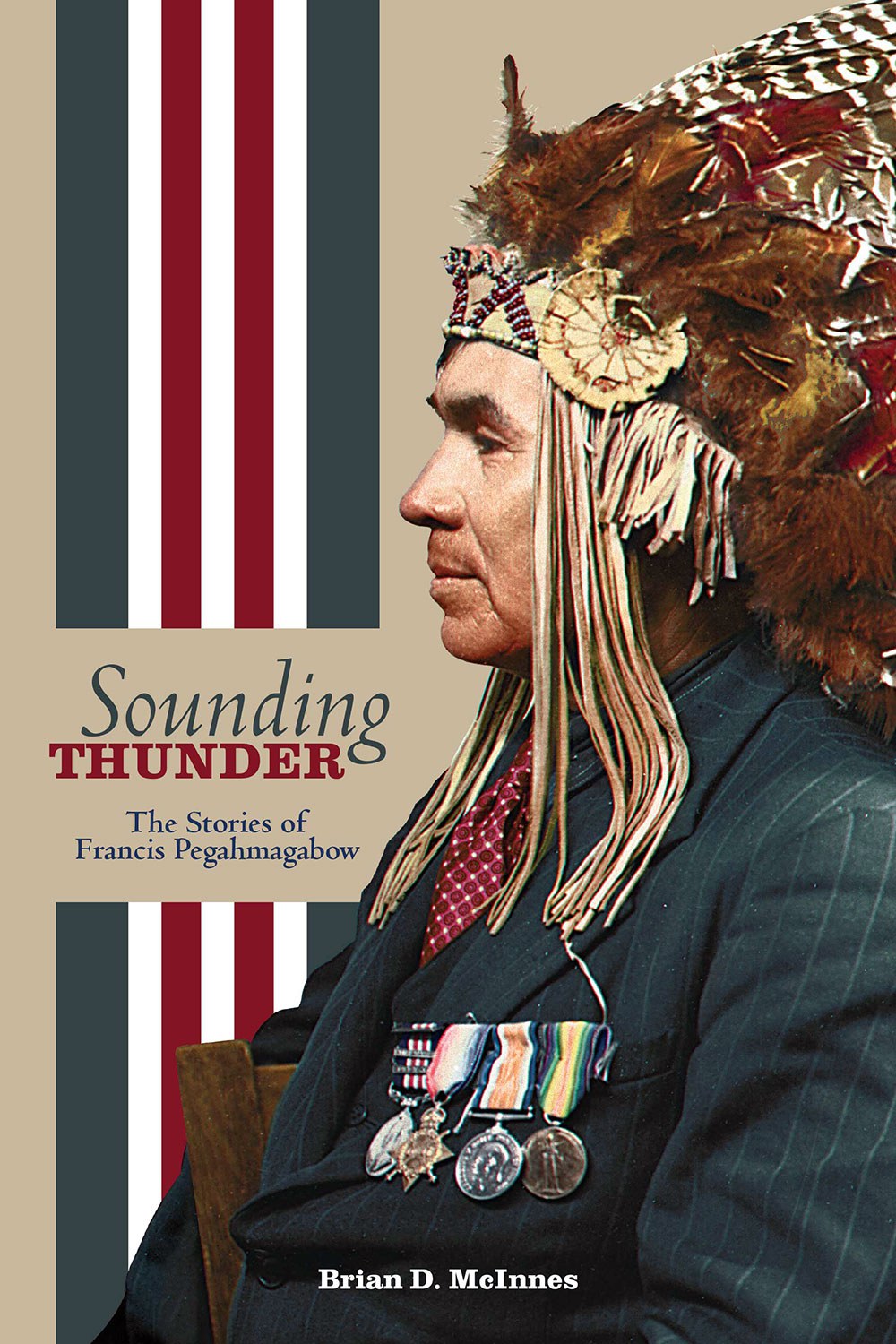
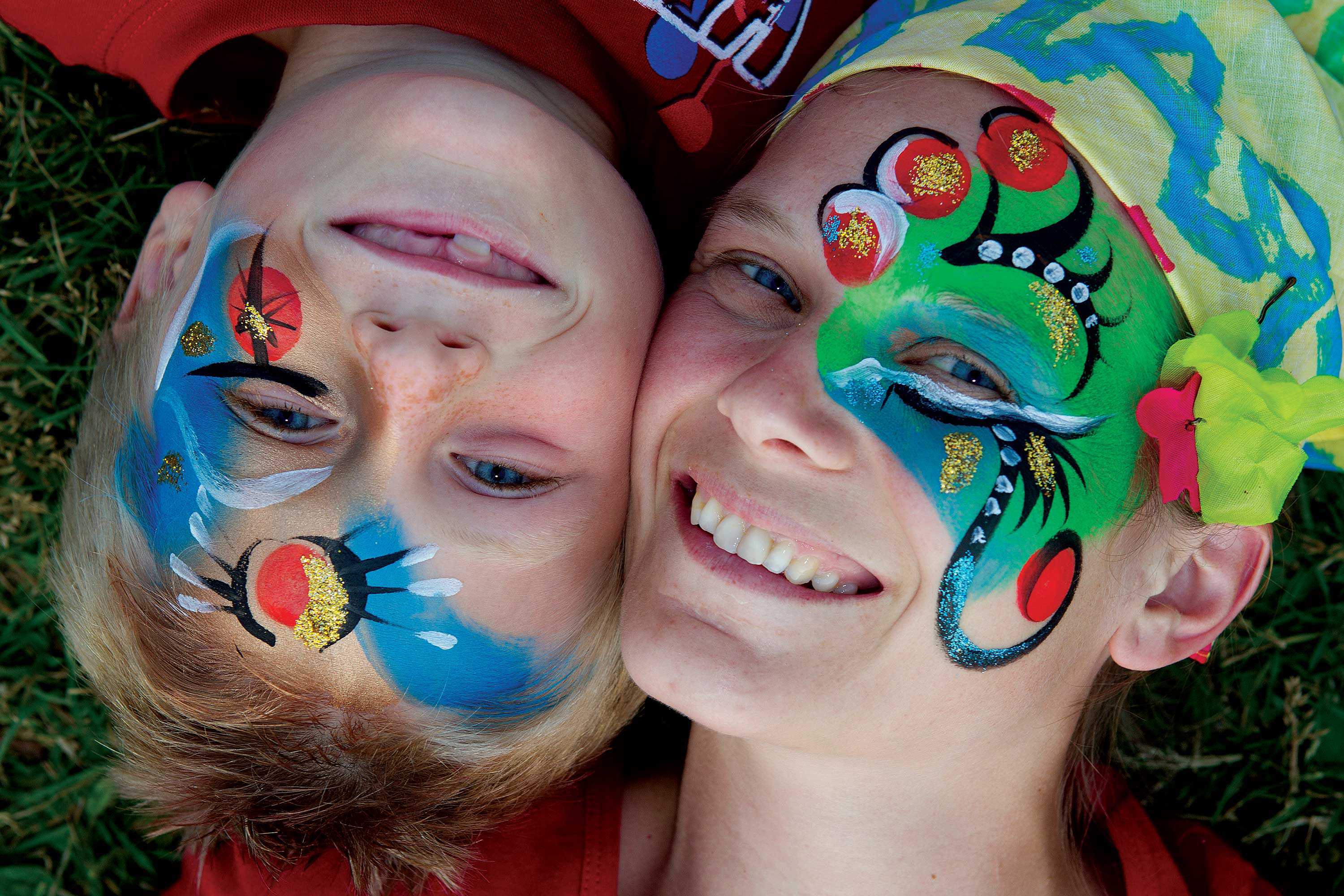
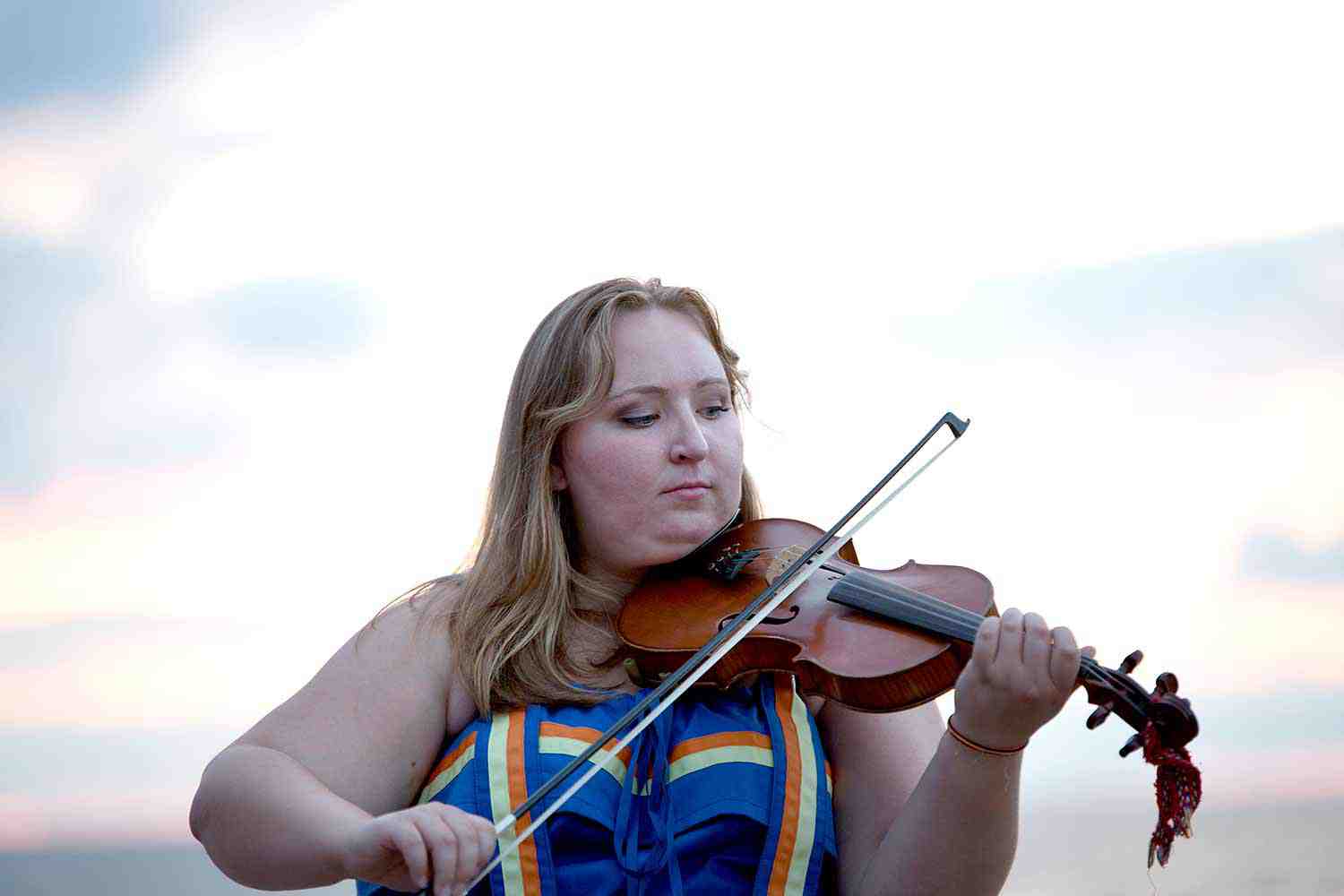
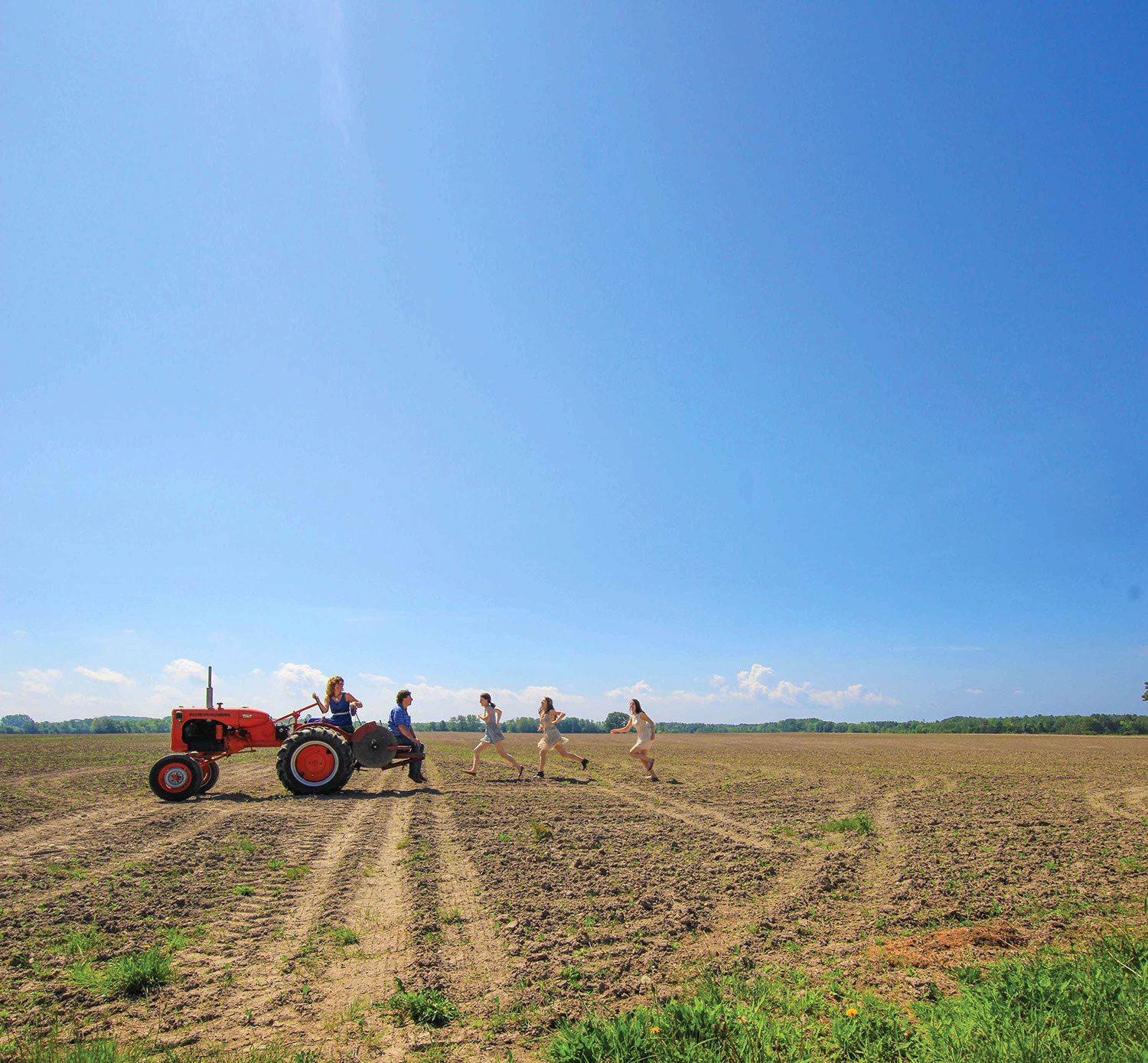
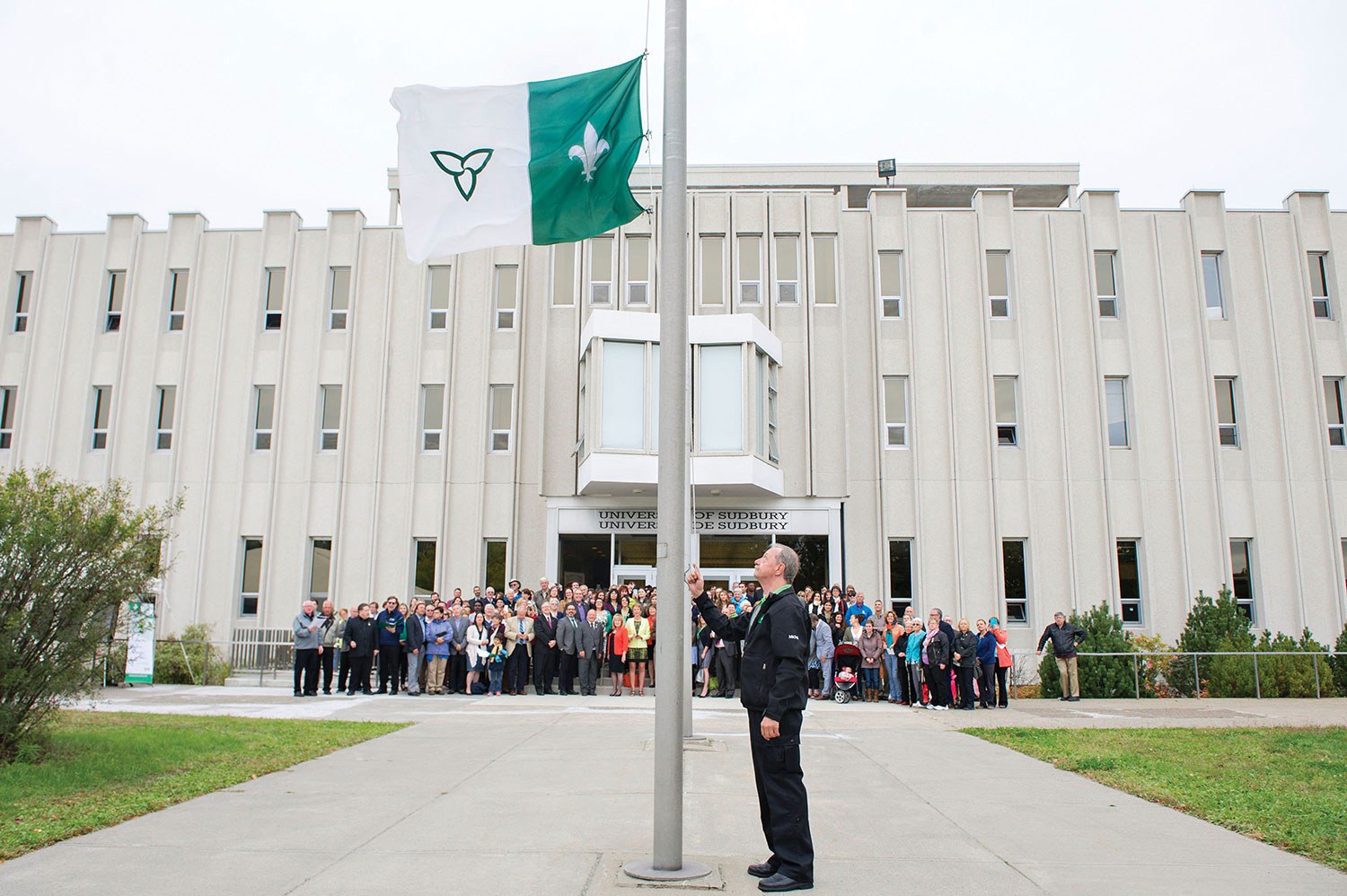
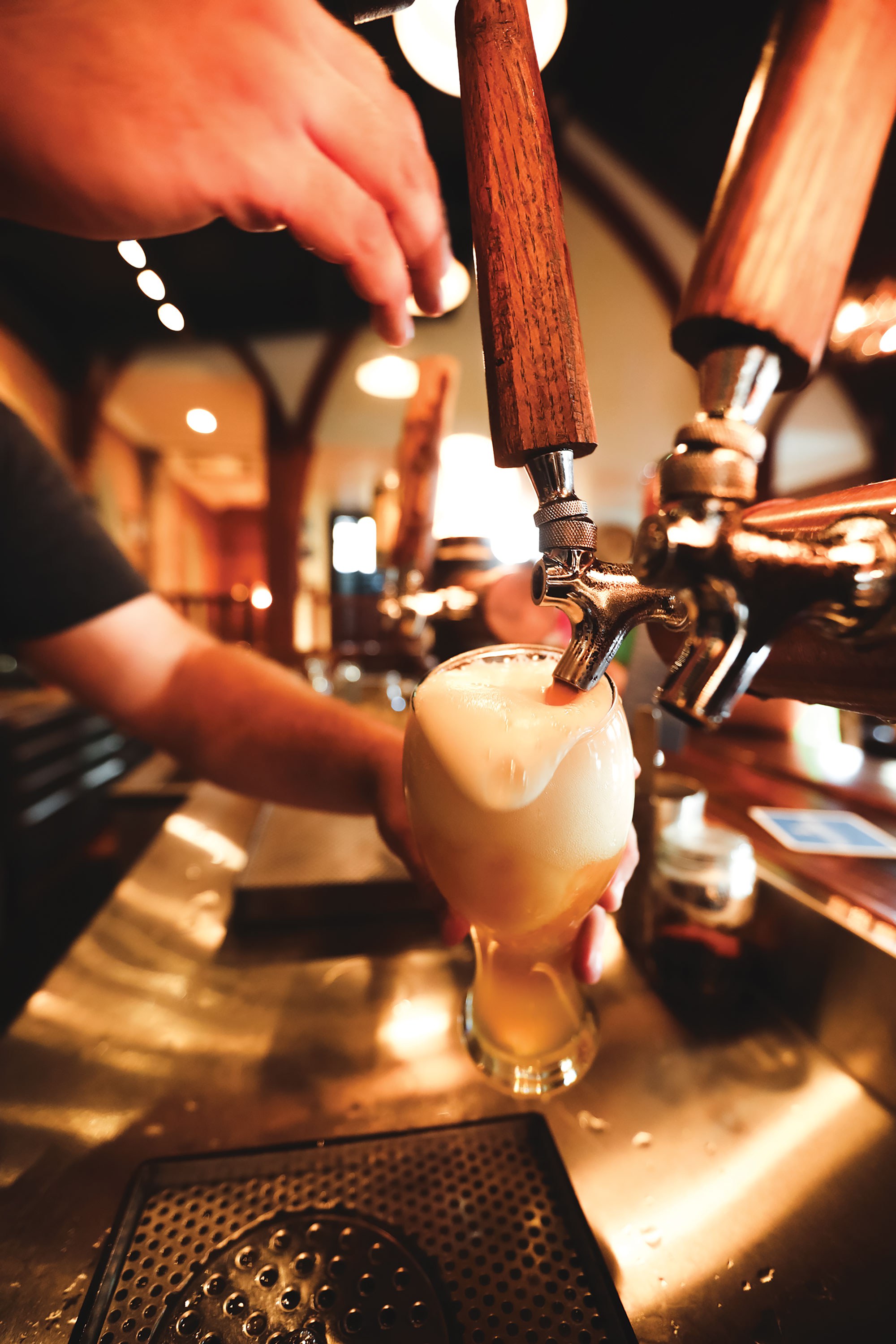
![Rose Lieberman, Rose [Hanford?] Green and Aaron and Sarah Ladovsky in front of United Bakers restaurant, Spadina Ave., Toronto, 1920. Ontario Jewish Archives, Blankenstein Family Heritage Centre, fonds 83, file 9, item 16.](https://www.heritage-matters.ca/uploads/Articles/SoupsOn_Archival_3505.jpg)
